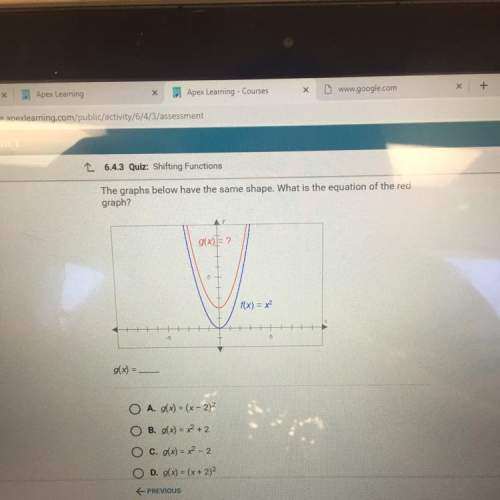
Mathematics, 18.03.2021 01:20 smartgirl61987
Ornithologists have determined that some species of birds tend to avoid flights over large bodies of water during daylight hours. It is believed that more energy is required to fly over water than land because air generally rises over land and falls over water during the day. A bird with these tendencies is released from an island that is 5 km from the nearest point B on a straight shoreline, flies to a point C on the shoreline, and then flies along the shoreline to its nesting area D. Assume that the bird instinctively chooses a path that will minimize its energy expenditure. Points B and D are 13 km apart.(a) In general, if it takes 1.4 times as much energy to fly over water as land, to what point C should the bird fly in order to minimize the total energy expended in returning to its nesting area?(b) Let W and L denote the energy (in joules) per kilometer flown over water and land, respectively. What would a large value of the ratio W/L mean in terms of the bird's flight? What would a small value mean? Determine the ratio W/L corresponding to the minimum expenditure of energy.(c) What should the value of W/L be in order for the bird to fly directly to its nesting area D? What should the value of W/L be for the bird to fly to B and then along the shore to D?(d) If the ornithologists observe that birds of a certain species reach the shore at a point 4 km from B, how many times more energy does it take a bird to fly over water than land?

Answers: 2


Other questions on the subject: Mathematics




Mathematics, 21.06.2019 21:30, isamilo520
Consider a bag that contains 220 coins of which 6 are rare indian pennies. for the given pair of events a and b, complete parts (a) and (b) below. a: when one of the 220 coins is randomly selected, it is one of the 6 indian pennies. b: when another one of the 220 coins is randomly selected (with replacement), it is also one of the 6 indian pennies. a. determine whether events a and b are independent or dependent. b. find p(a and b), the probability that events a and b both occur.
Answers: 2
You know the right answer?
Ornithologists have determined that some species of birds tend to avoid flights over large bodies of...
Questions in other subjects:

World Languages, 11.01.2021 14:10



Mathematics, 11.01.2021 14:10



Computers and Technology, 11.01.2021 14:10



English, 11.01.2021 14:10




